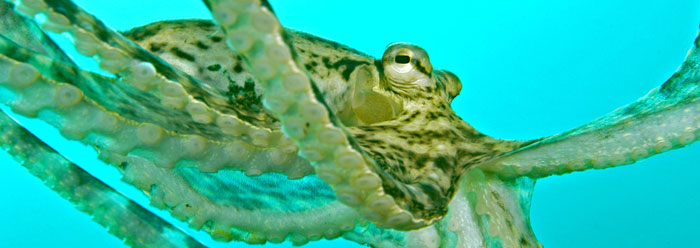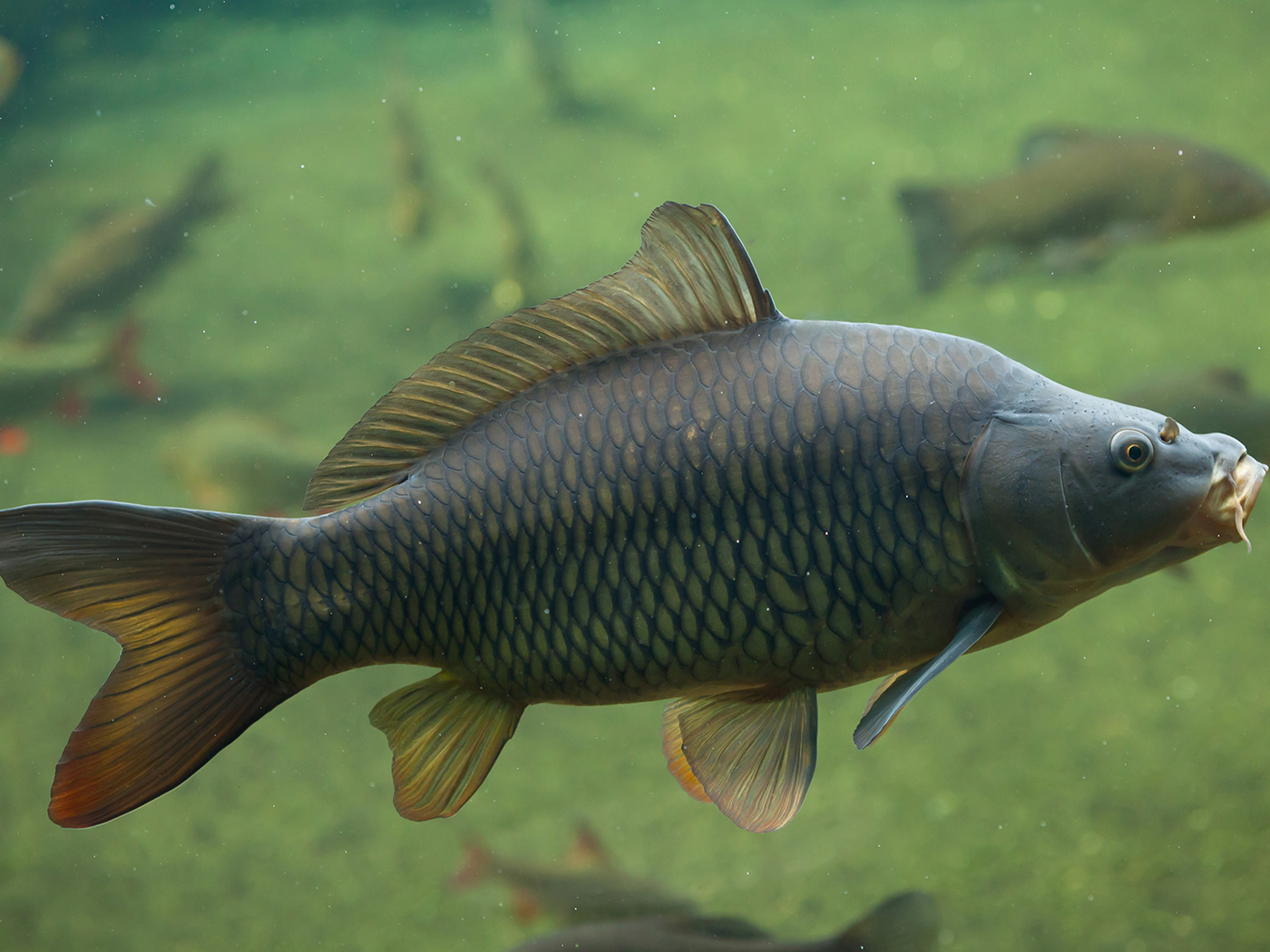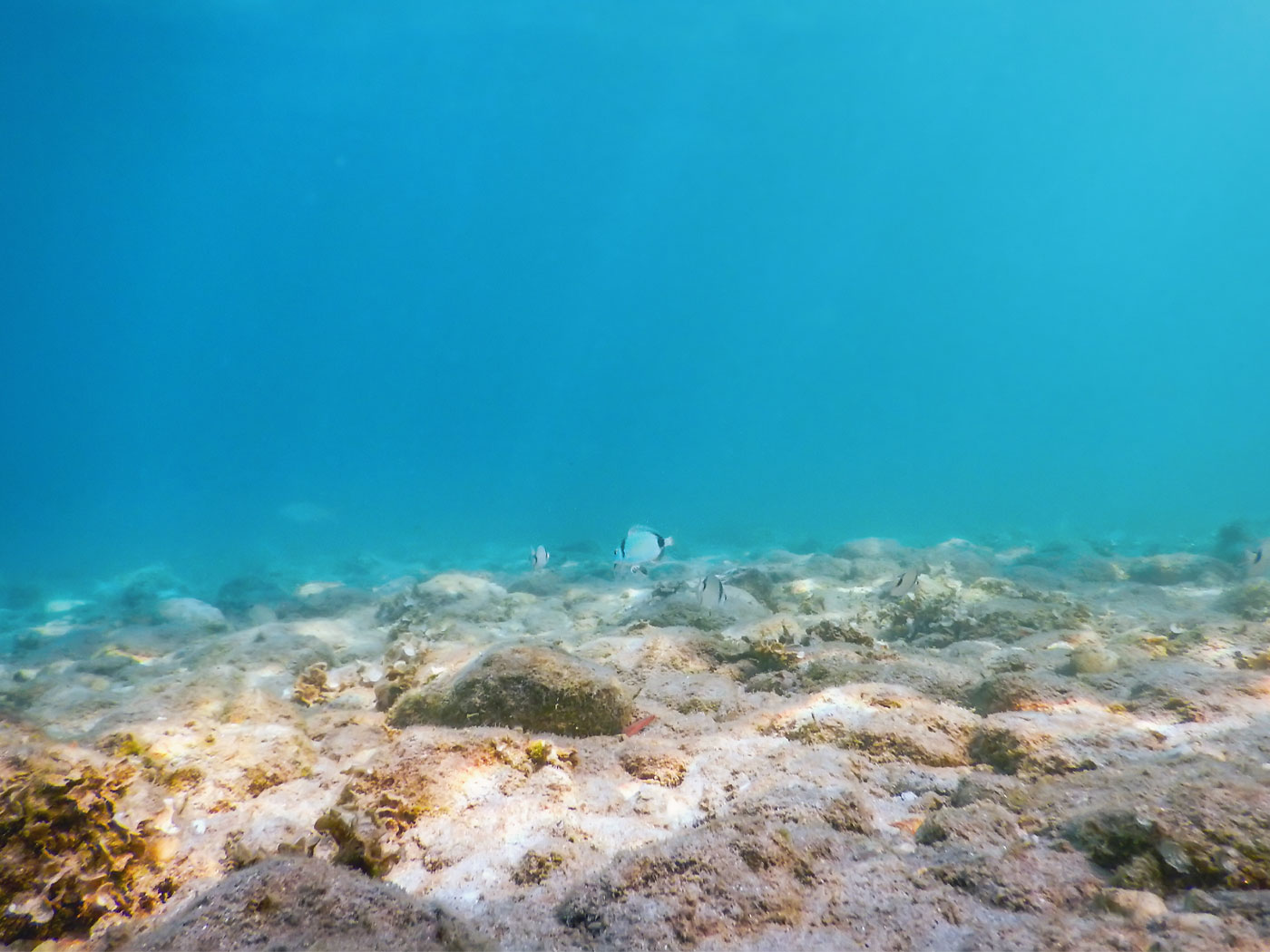The mimic octopus is, frankly, incredible. It can alter its shape, texture, and color to match poisonous and colorful sea creatures so accurately that it eluded detection by marine biologists for decades. It was finally discovered and scientifically named Thaumoctopus mimicus in 1998.
Now, evolutionists have undertaken the challenging task of trying to explain how these extraordinary cephalopods "evolved." They examined some DNA sequences in the Indonesian mimic octopus, which is able to rapidly morph into lifelike simulations of more than 15 distinct and dissimilar sea creatures at will.
The results were published in the Biological Journal of the Linnean Society. To sort out the mimic octopus' supposed evolutionary history, the researchers constructed a phylogenetic tree, which hypothesizes the creature it may have evolved from based on the similarity of a few of its genes to those of other octopi.
According to lead author Christine Huffard, Marine Conservation Priorities Advisor at Conservation International Indonesia, one challenge for evolution was to explain why "the close relatives of T. mimicus use drab colors and camouflage quite successfully to hide from predators."1
If its relatives--and presumably its evolutionary ancestors as well--survived and thrived with drab colors and a "don't look at me as I blend into the background" approach, then why would some octopi begin using the opposite "look at me and see how poisonous and dangerous I am" defense strategy?
Further, how were these supposed ancestors able to survive predation while they were presumably developing their ability to mimic? Surely, they would have been exposed--perhaps able to match the right color but not the right shape, or vice versa--for millions of years before they hit by chance on just the "right" traits. That would result in them getting eaten, not in them evolving.
A California Academy of Sciences press release summarized three key steps that the authors offered to "explain" the evolution of the ostentatious mimic octopus from a presupposed drab ancestor:
1) First, T. mimicus ancestors evolved the use of bold, brown-and-white color displays, employed as a secondary "shock" defense to surprise predators if camouflage fails. 2) Next, they developed the flatfish swimming technique and the long arms that facilitate this motion. 3) Finally, T. mimcus [sic] began displaying bold color patterns while impersonating a flatfish--both during daily forays away from its den and at rest. In evolutionary terms, this last step represents an extremely risky shift in defense strategy.
There are serious problems with this explanation, in addition to those named above. First, there was no justification provided for the methodology used--namely, manufacturing a scenario based on evolution-inspired phylogenetic tree constructs from a handful of hand-picked DNA sequences.2 And the story is presented in the press release as if it had been plainly written in the DNA "just so." But nobody was actually there to witness, let alone investigate, a single event in this imaginative chain.
Second, the verbs used in the "just-so" story quoted above do not characterize any known law of nature. The only known, real agents capable of using, employing, developing, facilitating, displaying, and impersonating are people.
And that is exactly why the mimic octopus is such a vivid exemplar of creation. Its unique and well-fitted features--including the length of its tentacles, the tiny muscles in its skin, the special color-generating skin cells and connected nerves, the appropriate cognitive processing programs used to coordinate all those features, and the instinct to mimic specific creatures--had to have been put in place by a person. In John 1, the Bible identifies that person as the Creator and Lord Jesus Christ.
References
- Octopus Mimics Flatfish and Flaunts it. California Academy of Sciences press release, August 26, 2010, reporting results in Huffard, C. L. et al. 2010. The evolution of conspicuous facultative mimicry in octopuses: an example of secondary adaptation? Biological Journal of the Linnean Society. 101 (1): 68-77.
- Thomas, B. and Sherwin, F. 2009. Darwin's Withering Tree of Life. Acts & Facts. 38 (5): 16-17.
* Mr. Thomas is Science Writer at the Institute for Creation Research.
Article posted on September 14, 2010.























